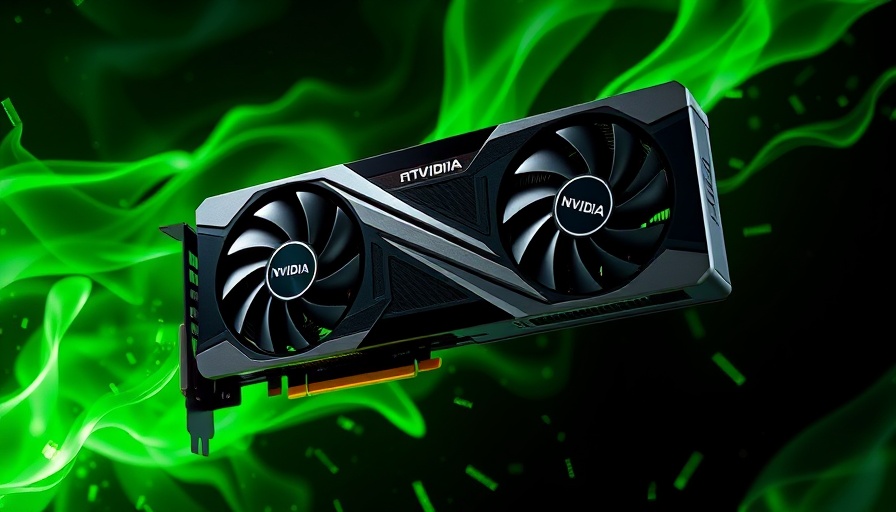
NVIDIA's Missing ROP Issue: What You Need to Know
NVIDIA's recent confirmation regarding the "missing ROP" issue affecting its entire RTX 50 series lineup has left many consumers disappointed. The GeForce RTX 5080 has now been included on the list of GPUs impacted by this problem, which has evidently pandemic-like implications across NVIDIA's latest offerings.
Understanding ROPs and Their Impact on Performance
Render Output Pipelines (ROPs) are crucial for a GPU's performance. They handle rendering backends, which means if a card is missing ROPs, it's not just a minor inconvenience but can affect how well games and applications run. The RTX 5090 GPU, for instance, should typically contain 176 ROPs. However, reports reveal that certain models only have 168, resulting in a performance drop of about 4%. Even more alarming, this is not just a single model issue; the entire RTX 50 series, including the RTX 5080 and RTX 5070 Ti, has been affected.
Implications for Consumers
The most pressing question for consumers is: how does this affect your gaming experience? Although the performance drop is characterized as being in single digits, NVIDIA admits that many users might not notice the difference unless they perform technical checks using software like GPU-Z. Given that gamers invest heavily in their GPUs, missing ROPs is a significant concern, especially considering current GPU pricing trends.
Future of NVIDIA's RTX Series: What About the RTX 5070?
Amid the backlash, NVIDIA has emphasized that their upcoming RTX 5070 will not suffer from the missing ROPs issue. According to NVIDIA’s PR director Ben Berraondo, the company has corrected the production anomaly, seemingly signifying that this issue was an early production flaw. This indicates a turning point that might restore consumer confidence as they look forward to the RTX 5070's release.
The Supply Chain Dilemma
While NVIDIA pledges replacements for affected cards, the immediate issue remains the supply chain. With the current situation, it could take time for replacements to reach consumers, further extending the frustration felt by RTX 50 series buyers. If you're among those affected, contacting your board manufacturer for a return is currently the most reasonable step.
Exploring NVIDIA's Reliability
This incident raises broader questions about NVIDIA's quality control measures. With high prices and significant expectations surrounding the RTX 50 series, why did this production flaw slip through? The community is left deliberating the implications of such lapses on NVIDIA's esteemed reputation in the gaming GPU market.
Next Steps for Consumers
If you're a current RTX 50 series user, it's prudent to check your graphics card's specifications to verify ROP counts. As mentioned, tools like GPU-Z can provide precise insights. Awareness is key—knowing the full capabilities of your hardware allows you to make informed gaming and financial decisions moving forward.
NVIDIA's gaming graphics cards have always been a significant investment for tech enthusiasts. With the gray clouds of uncertainty currently looming over the RTX 50 series, being informed could make all the difference. Following NVIDIA's updates on the RTX 5070 may offer insights into future improvements and reviews.
Call to Action
Stay updated with NVIDIA's latest announcements and consider reaching out to customer support if you're facing issues. Your experience as a consumer will help drive the importance of accountability in tech manufacturing.
 Add Row
Add Row  Add
Add 


 Add Row
Add Row  Add
Add 

Write A Comment